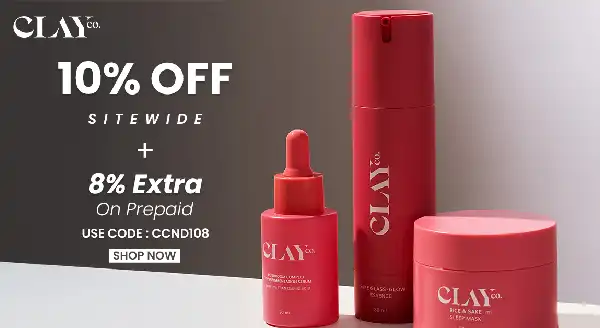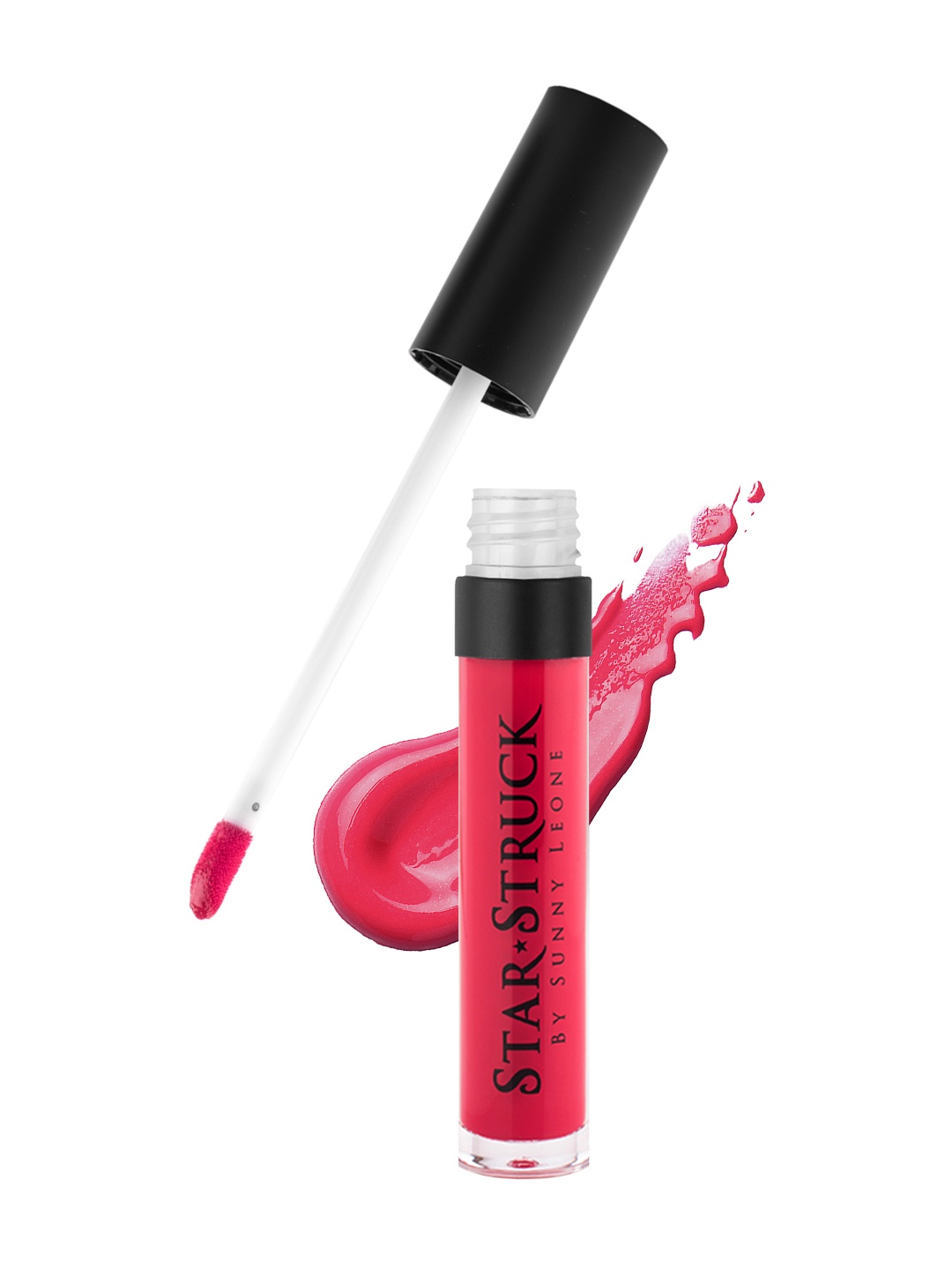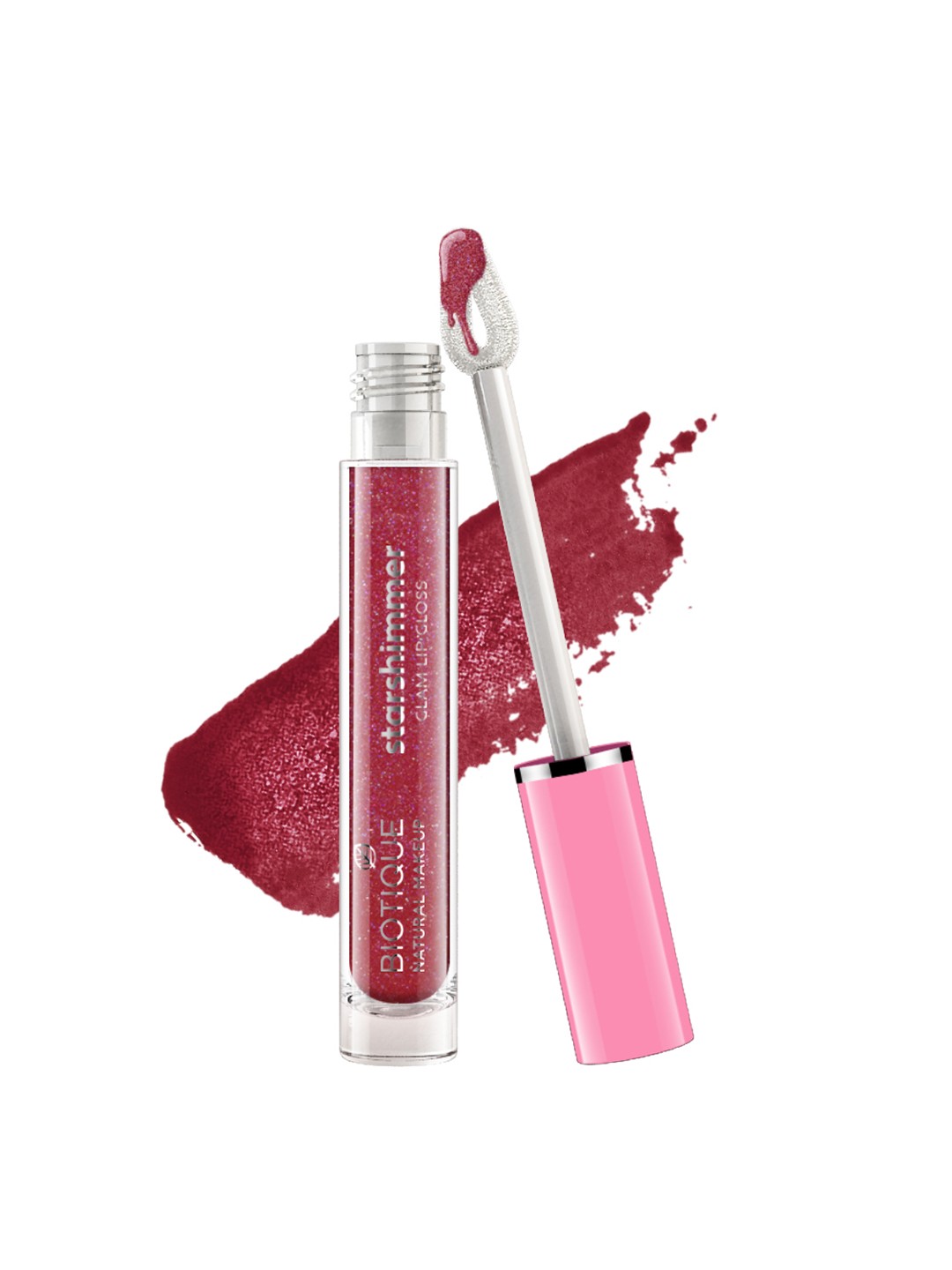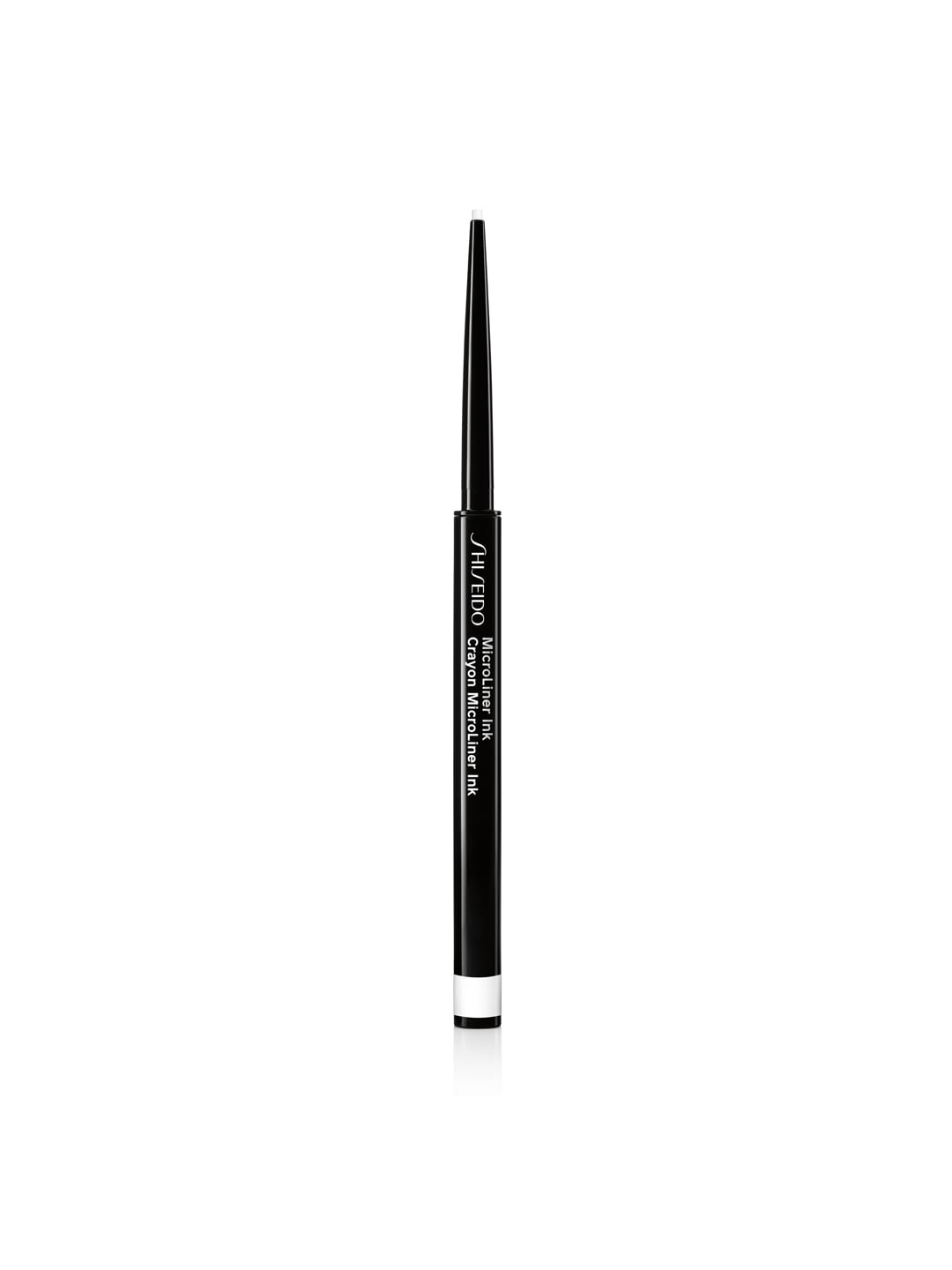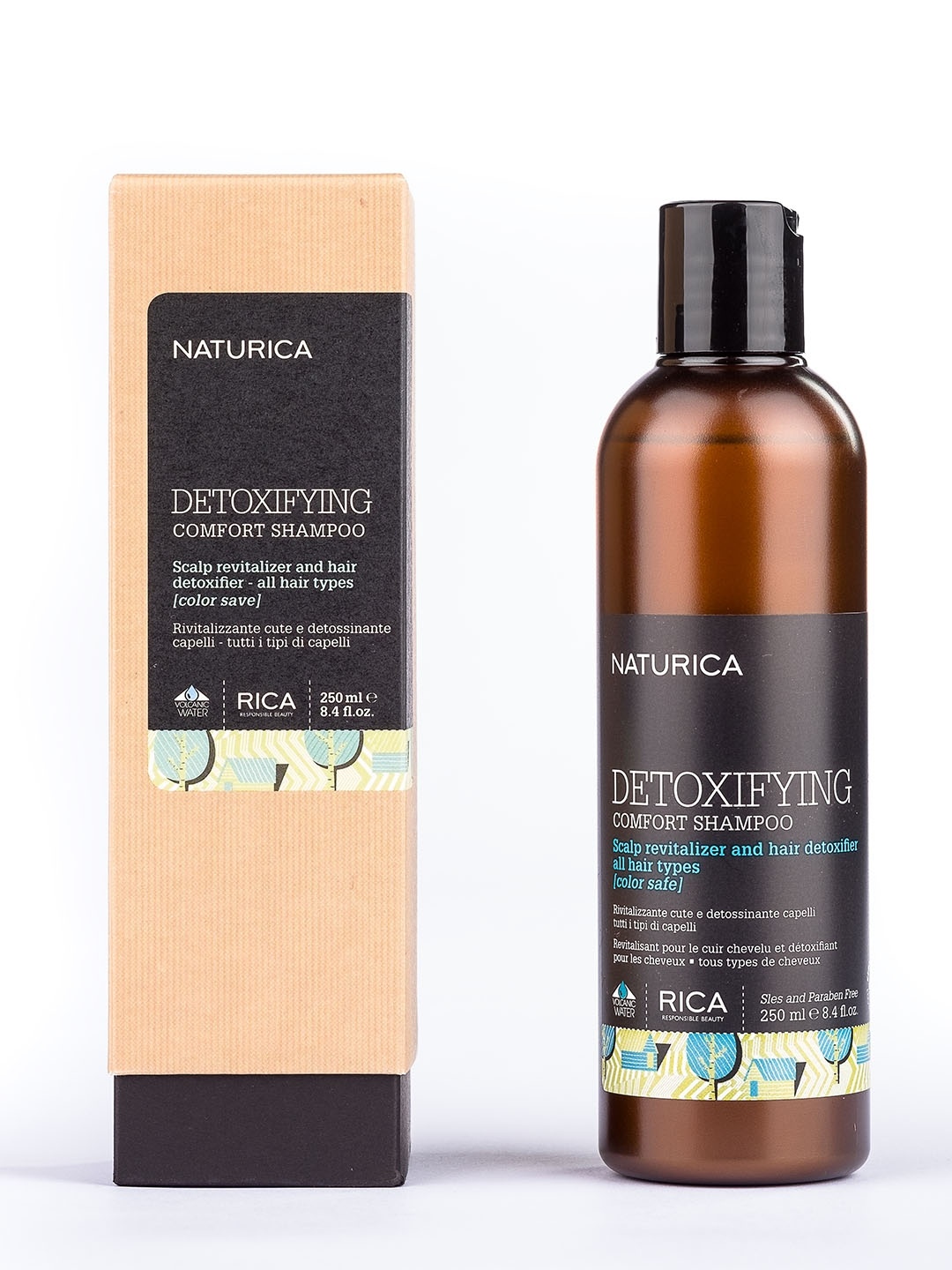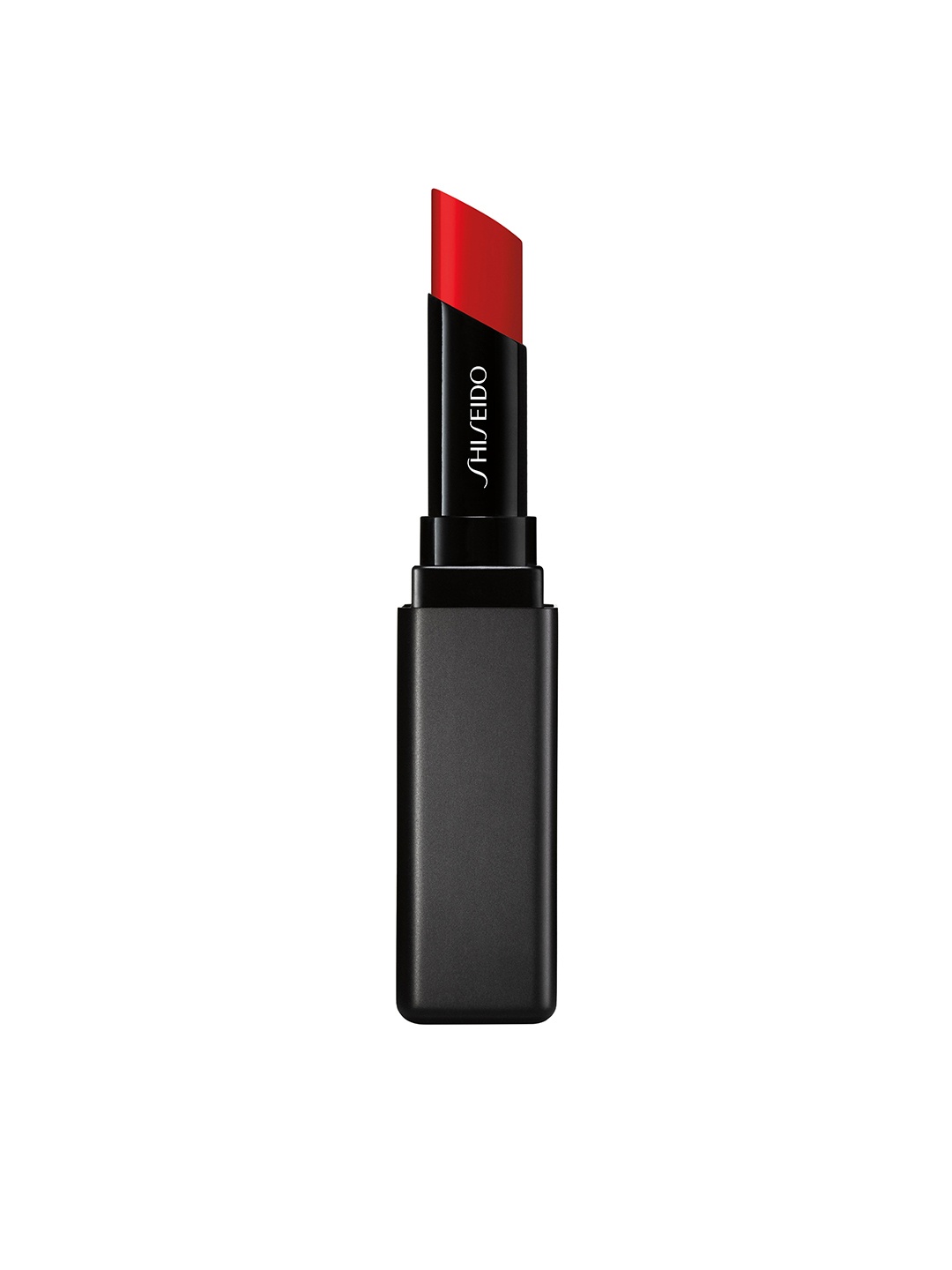Can A Conditioner Actually Repair Your Hair? Top Ingredients To Reverse Chemical Damage
Conditioners are often treated as an afterthought in haircare routines - a quick step after shampooing, perhaps chosen for its scent or price. Understanding the ingredients that help repair damaged hair is the key to restoring your locks.

The Role Of Conditioners In Repairing Heat And Chemical Damage
Let's face it: modern haircare routines often involve tools and treatments that wreak havoc on our hair. Whether it's the sizzling embrace of a curling wand, the harshness of bleach, or the chemicals in relaxers, our hair takes a beating. The result? Dryness, breakage, split ends, and a general cry for help from our tresses.
Enter conditioners – the unsung heroes of haircare. These miraculous potions can do more than smooth out tangles. They replenish moisture, strengthen weakened strands, and act as a shield against future damage. However, not all conditioners are created equal. The wrong one can weigh down your hair or exacerbate the problem. To truly heal damaged locks, it's vital to know which ingredients to embrace and which to avoid. So, let's embark on a journey to demystify conditioners and ensure your hair gets the care it deserves.
1. Hydration Heroes: The Power Of Humectants
When hair feels dry and lifeless, it's often because it's starved of moisture. Humectants are the heroes in conditioners that attract and lock in water, breathing life back into thirsty strands. Ingredients like glycerin, honey, and aloe vera are the stars of this show, working tirelessly to hydrate your hair and keep it supple.
Curly and coily hair types, which are naturally drier, benefit greatly from humectants. They help define curls, reduce frizz, and give hair a healthy bounce. But even straight or wavy hair can enjoy the hydrating benefits, especially in drier climates.
However, in humid conditions, humectants can absorb too much moisture from the air, causing hair to puff up. That's why pairing humectants with emollients, which seal in hydration, ensures balanced and effective moisture retention.
2. Protein Power: Restoring Strength To Fragile Strands
Hair is primarily made up of a protein called keratin, and damage from heat or chemicals can weaken its structure. Protein-infused conditioners are like repair kits for your hair, rebuilding broken bonds and restoring strength. Look for ingredients such as keratin, hydrolysed wheat protein, or silk amino acids.
Imagine your hair as a delicate bridge. Over time, heat styling and chemical treatments create cracks and weak spots. Proteins fill in these gaps, reinforcing the structure and preventing further damage.
However, there's a catch: too much protein can tip the balance, leaving hair stiff and dry. To avoid this, opt for conditioners that blend proteins with hydrating agents, ensuring your hair gets the strength it needs without sacrificing softness.
3. Oils And Butters: Nature's Nourishment
Natural oils and butter have been trusted for centuries to revive damaged hair. Argan oil, coconut oil, and jojoba oil, along with shea and mango butter, are some of the most effective ingredients for deeply nourishing and softening hair.
These ingredients work wonders for hair that has lost its natural oils due to over-washing, heat, or chemical treatments. Oils penetrate the hair shaft to replenish lost lipids, while butter coat and smooth the cuticle, reducing frizz and adding shine.
However, it's essential to use these products mindfully. While oils and butters are a blessing for thick, coarse, or textured hair, they can weigh down fine hair, making it look greasy. Lightweight formulas or leave-in sprays infused with oils are better suited for those with finer strands.
4. Silicones: Friends Or Foes?
Silicones often divide opinion in the haircare world. On one hand, they create a silky, smooth finish and provide a protective barrier against heat and environmental stressors. On the other hand, certain silicones, like dimethicone, can build up over time, leaving hair feeling heavy and dull.
The key lies in choosing the right type of silicone. Water-soluble silicones, such as cyclopentasiloxane, are easier to wash out and less likely to cause buildup. Pairing silicone-based conditioners with an occasional clarifying shampoo can also help keep hair light and bouncy.
For those who prefer to avoid silicones altogether, there are plenty of natural alternatives that offer similar smoothing and protective benefits, like plant-based oils or extracts.
5. Steer Clear Of Sulphates: The Sneaky Strippers
Sulphates are commonly found in shampoos, but they occasionally sneak into conditioners as well. These detergents, often listed as sodium lauryl sulphate or sodium laureth sulphate, strip away natural oils and moisture – exactly what damaged hair doesn't need.
Instead, look for sulphate-free conditioners that cleanse and nourish gently. Your hair will thank you for it, especially if it's already struggling with dryness or brittleness. Sulphate-free products not only protect your hair's natural moisture but also help maintain the vibrancy of coloured or chemically treated locks.
6. Alcohols: The Good, The Bad, And The Ugly
Alcohols in conditioners can be both friends and foes. Fatty alcohols, like cetyl, stearyl, and cetearyl alcohol, are your allies. These creamy, hydrating alcohols help soften the hair and make it more manageable.
On the flip side, short-chain alcohols, such as isopropyl or ethanol, are drying and can leave hair feeling straw-like. If your conditioner contains alcohol, take a moment to check whether it's the helpful or harmful kind. This small step can make a significant difference to your hair's health.
7. Natural Additives: Botanicals And Antioxidants
For a touch of luxury, look for conditioners infused with botanicals and antioxidants. Extracts from green tea, chamomile, or lavender not only smell divine but also provide soothing benefits for your scalp.
Antioxidants, such as vitamin E or rosemary extract, protect hair from environmental damage caused by free radicals. These natural powerhouses add an extra layer of defence, keeping your hair healthier for longer.
8. Preservatives: Necessary, But Choose Wisely
Every conditioner needs preservatives to prevent spoilage, but some options are safer than others. Parabens and formaldehyde-releasing agents, for instance, have raised health concerns.
Instead, look for products that use alternatives like phenoxyethanol or potassium sorbate. These preservatives offer the same protection without the potential risks, giving you peace of mind as you care for your hair.
Products Related To This Article
1. Reequil Unisex Babassu Anti-Frizz And Smoothening Hair Conditioner
2. Aravi Organic Rosemary Hair Conditioner - 200ml
3. PORES Be Pure Keratin And Argan Oil Hair Conditioner - 250ml
4. OLAPLEX No. 5 Bond Maintenance Hair Conditioner Revitalisant - 250ml
5. OUAI Travel Size Medium Hair Conditioner - 89ml
6. MULOHA Brazilian Keratin Hair Conditioner - 200 ml
7. Earth Rhythm Moist Repair Moisturising Hair Conditioner - 100 ml
8. L'AVENOUR Fall Defence 3X Thinning And Hair Fall Control Conditioner With Pro Keratin-250 ml
9. Cureskin Nourishing Hair Conditioner With Keratin And Moringa - 80 g
Conditioners aren't just an accessory to your shampoo; they're an essential tool in the fight against heat and chemical damage. The right formula can transform your hair from dry and brittle to soft, shiny, and strong. By understanding the ingredients that help - like humectants, proteins, and nourishing oils - and avoiding those that harm - such as sulphates and drying alcohols – you can make informed choices that truly benefit your hair. Ultimately, treating your hair with care and choosing the right conditioner is a small but powerful act of self-love. So, embrace the process, pamper your locks, and let them shine with the health and vitality they deserve.
Disclaimer: The images used in this article are for illustration purpose only. They may not be an exact representation of the products, categories and brands listed in this article.









